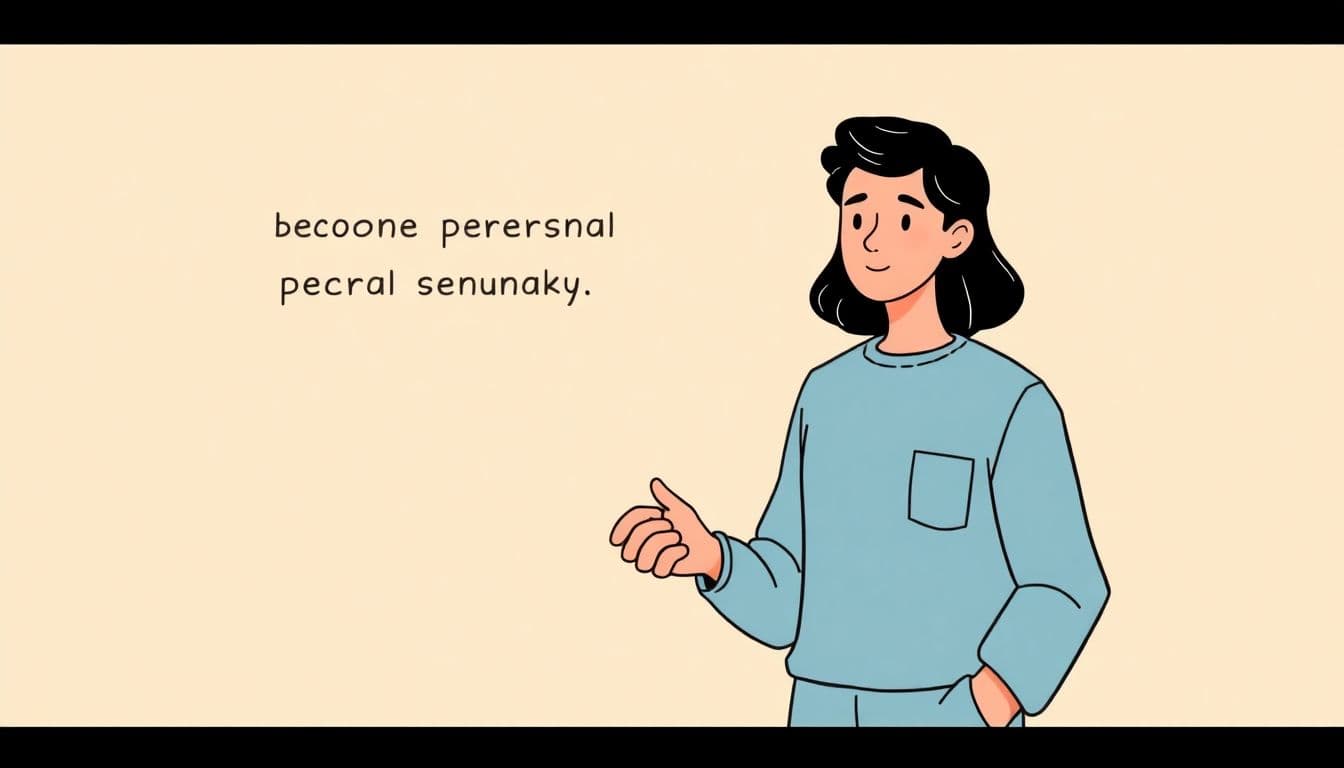Table of Contents
Let’s face it—getting your book traditionally published can feel overwhelming. With so many steps and decisions, it’s easy to wonder if you’re even on the right track.
But don’t worry—we’ve got your back. In this straightforward guide, we’ll break down everything you need to know about publishing traditionally, from finishing your manuscript and choosing publishers to contracts and marketing. By the end, you’ll have a simple roadmap to turn your story into a published book.
Ready? Let’s jump right in.
Key Takeaways
- Traditional publishing means working with established publishers who handle editing, cover design, printing, distribution, and some marketing—all at no upfront cost.
- Publishers are selective, so finish your book and polish it thoroughly—edit carefully, get feedback, and consider professional editors.
- Research suitable publishers or agents before you submit; align your submission with their specific guidelines to avoid rejection.
- Prepare strong submission materials: a query letter, a synopsis with complete storyline, and the first few chapters tailored exactly to publisher instructions.
- Contracts matter—review carefully or involve a literary lawyer. Negotiate royalties and rights clearly before signing.
- Collaborate actively with your publisher’s marketing strategy, and be prepared to do most of the book promotion yourself to reach readers.

Step 1: Understand What Traditional Publishing Is
First things first—traditional publishing is when you sign a deal with an established publisher, like Penguin Random House or HarperCollins, to handle all the details of turning your manuscript into a polished book. We’re talking about professional editing, fancy cover designs, printing actual copies, distributing to bookstores, and even some (but usually limited) marketing efforts.
With traditional publishing, there’s no upfront cost to you (unlike self-publishing), since the publisher covers all expenses. Sounds great, right? But here’s the catch: publishers can be pretty picky. In fact, around 19% of books published by the “Big Five” houses sell no more than a dozen copies, highlighting just how selective and competitive this process can be, according to Author Media.
If you prefer writing without sweating the small stuff like formatting, distribution, and market strategies, traditional publishing might feel like finding the holy grail. But it’s not a perfect path—more on that in the next step.
Step 2: Decide if Traditional Publishing Is Right for You
So, is traditional publishing the right choice? It honestly depends on your goals and preferences as a writer.
If you’re all about prestige, seeing your book displayed at Barnes & Noble, Target, or local independent bookstores, traditional publishing might indeed tick your boxes. It adds validation and credibility, especially if you dream of literary awards or becoming a household name. But remember, publishers usually keep a large cut of the royalties, often paying authors less per book compared to self-published titles. Plus, publisher marketing budgets are slim—they spend roughly just 2% of their revenue on marketing, meaning authors often have to handle much promo themselves (again, thank you, Author Media).
It’s also worth considering the publishing landscape’s shift over recent years. Many authors now choose alternatives such as hybrid publishing or self-publishing to retain creative control and increase earnings. Not sure if traditional publishing is for you? Weigh your options carefully, and check out alternative routes on guides like how to get a book published without an agent.
Step 3: Finish and Polish Your Manuscript
No joke—this is the step many authors tend to skip prematurely, thinking their story is “ready enough.” But here’s some friendly but firm advice: finish the entire manuscript and polish it thoroughly before even thinking about approaching a traditional publisher or agent.
Traditional publishers receive thousands of submissions every year, so no first draft or rough manuscript is likely to impress editors. Invest time and energy into editing your manuscript yourself first, then reach out to experienced beta readers or hire a professional editor to give constructive feedback on plot structure, consistency, grammar, and clarity. (New to beta reading? Check out our guide on how to become a beta reader.)
A polished manuscript seriously increases your chances of getting past the publisher’s initial gatekeepers. Plus, the less editing required by the publisher, the quicker your book can make it through acquisition and production—pretty sweet deal, huh?

Step 4: Research and Choose Publishers or Agents
Ready to start pitching? Not yet. First, you’ll need to do some homework to find the right publisher or agent who fits your book genre, style, and vision.
Start by checking out recent titles similar to yours at bookstores or on bestseller lists and note their publishers or agents, usually thanked in the author’s acknowledgments page.
Then create a targeted list using online resources like Writer’s Market or QueryTracker.
Visit each publisher’s or agent’s website to see what kind of books they prefer and whether they’re accepting submissions now (some only take queries during certain times of the year, so double-check this).
Don’t skip this step—sending a romance novel to someone who only handles crime thrillers definitely won’t land you an enthusiastic yes.
Step 5: Prepare Your Submission Materials (Query Letter, Synopsis, Sample Chapters)
Once you have your targeted list ready, it’s time to create submission materials that’ll get attention.
A query letter is basically your pitch—briefly summarize your book in one captivating paragraph, explain who you are (writing cred, experiences relevant to the topic), and politely ask if they’d like to see more.
Need help getting started? Check out these effective tips on how to write a book foreword, since mastering short, compelling intros can boost your query skills.
Aside from the query letter, most publishers or agents request a one-to-three page synopsis that clearly outlines your whole story, ending included (no cliffhangers, please!).
You’ll also usually submit a few sample chapters (around the first 3–5 chapters or 20–50 pages—check submission guidelines for the exact amount).
Follow each publisher’s guidelines down to the letter; failing to do so can put your submission straight into the reject pile.
Step 6: Submit Your Manuscript According to Publisher Guidelines
Okay, deep breath—it’s time to submit your materials.
Most publishers accept electronic submissions these days through emailed documents or online submission forms, but always double-check their website first to be sure.
Some might want PDF attachments, while others demand everything pasted right into email text (yeah, that’s annoying—but follow instructions exactly).
Make sure you format your manuscript in standard style: double-spaced, one-inch margins, standard fonts like Times New Roman or Arial size 12—nothing fancy.
If you’re unsure, confirm visually what a proper manuscript submission looks like.
Proofread everything twice—typos or missing attachments can be instant deal-breakers.
Step 7: Understand and Negotiate Your Publishing Contract
If you’re lucky enough to score a publisher’s interest, congrats—but before you start celebrating, make sure you understand the contract clearly.
It’s smart to have a literary lawyer or experienced agent review it first.
Pay careful attention to royalty rates—they vary widely, and authors have been pushing publishers harder lately on fair compensation because royalty rates have become such a hot-button issue.
Some authors manage to negotiate better terms like higher royalties after certain sales milestones, retaining movie rights, or getting higher percentages for ebook and audiobook sales.
If something feels off, don’t hesitate to ask questions or request revisions to unclear clauses.
You might not get everything you ask for, but it’s always worth negotiating.
Step 8: Work Through the Editing and Production Process
After you sign the contract, your manuscript undergoes professional editing.
This part can sting a bit, because even your favorite scenes might end up on the cutting room floor—ouch, I know.
Stay flexible but don’t be afraid to respectfully discuss suggestions you strongly disagree with.
The process also includes copy editing for grammar and language, proofreading for pesky typos, and typesetting to turn your manuscript into a print-ready format.
This is when you’ll see proofs, or sample pages, of the finished book—review these carefully because last-minute changes get expensive and publishers might not allow extensive edits at this stage.
Step 9: Collaborate with Publisher on Book Marketing
Here’s a reality check—most publishers only spend around 2% of their revenue on marketing. Meaning? You’ll probably need to hustle yourself to generate buzz.
Collaborate as closely as possible with your publisher’s marketing team about their promotional plans—social media pushes, bookstore events, sending advanced copies to reviewers, etc.
You can amplify these efforts by maintaining your author website, building your email list, or contacting relevant influencers or bloggers to review your book.
Curating an author platform doesn’t have to be daunting—the key is consistency and authenticity, plus a genuine willingness to engage potential readers online and offline.
Step 10: Tips for Improving Your Chances of Getting Published Traditionally
This step’s the cherry on top: practical, insider tips to boost your chances.
One useful strategy is attending writing conferences or workshops that often offer pitch sessions with real editors and agents.
Networking online through Facebook groups, Twitter hashtags like #MSWL (Editor and Agent Manuscript Wish List), or forums on sites like Reddit can also connect you with industry insiders and fellow writers.
Sharpening your craft is essential, too—try fun exercises like these creative winter writing prompts to keep your skills fresh and your imagination active.
Finally, stay persistent.
Everyone gets rejections, even best-selling authors, so take feedback, adjust your approach, and keep improving.
FAQs
Consider traditional publishing if you’re comfortable waiting longer, willing to share creative control, and want wider distribution and professional editing. If speed, full creative freedom, or higher royalties matter more, self-publishing could suit you better.
Larger publishers typically require manuscripts submitted by literary agents. However, some smaller presses accept direct submissions. Securing an agent can increase your opportunities and help with negotiating fair book deals and contract terms.
Most publishers request three main items: a detailed query letter introducing your book, a concise and engaging synopsis, and the first few chapters or pages of your manuscript, formatted according to their specific submission guidelines.
Traditional publishing typically takes 1-2 years or more from submission to printed book. This timeframe includes agent and publisher responses, manuscript revisions, editing, contract negotiations, design stages, and production scheduling before publication.



